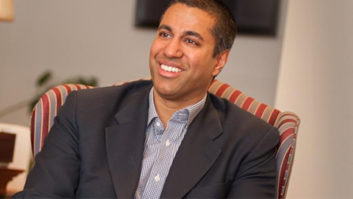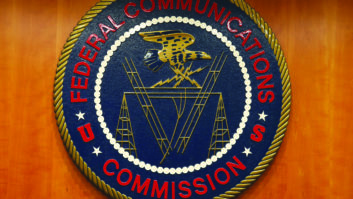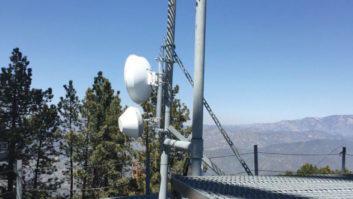WASHINGTON � If you work in either radio or TV and are about to embark on a �repack� project (as I am) then what you are about to read may not seem very amusing at all.
The incentive auction has been over for quite some time, and we can now point to the following facts:
- Verizon indicated initially that they were going to participate, but in the end, did not
- AT&T is already selling the 600 MHz spectrum that it picked up
- Sprint never participated
- T-mobile ends up the only one of the big four that collected a substantial amount of 600 MHz spectrum
�The incentive auction largely sprang from Congress� National Broadband Plan in 2010, which tasked the FCC with conducting a first-of-its-kind of auction that paid TV broadcasters to relinquish their 600 MHz licenses so that wireless carriers and others could buy them in an auction,� according to fiercewireless.com. �Expectations were high…Prior to the start of the auction, Moody’s predicted it could generate as much as $60 billion in winning bids. After all, AT&T said in 2014 it would purchase between 20 MHz and 40 MHz of spectrum in the auction…but the auction only ended up generating roughly $20 billion in winning bids.�
To be fair, $20B is nothing to sneeze at, but it represents only a fraction of what was originally expected. AT&T now has access to a swath of 700 MHz spectrum because of its FirstNet deal, so the spectrum they bought is already expendable. The other major incentive auction winners included Dish Network, Comcast and U.S. Cellular. U.S. Cellular will likely build out its 600 MHz holdings, but it�s unclear whether Dish and Comcast will actually use theirs, according to the same article. Dish has said it will build an IoT network. Comcast could use its 600 MHz spectrum for its Xfinity Mobile or its own IoT network known as MachineQ.
So what has really happened here? Why has the 600 MHz �beachfront� property suddenly dropped off in value? The reality is that technology moved along a lot faster than the U.S. Government did. Spectrum owners are using what they already have in more efficient manners. Verizon, as an example, is using MIMO (multiple in, multiple out), non-licensed wifi spectrum (i.e., LAA), smaller cells, and carrier aggregation. In addition the big four and others are increasingly interested in milli-meter wavelengths too, especially when it comes to 5G.
I hope we don�t look back a few years from now and call this entire debacle a complete waste of time.�
�












